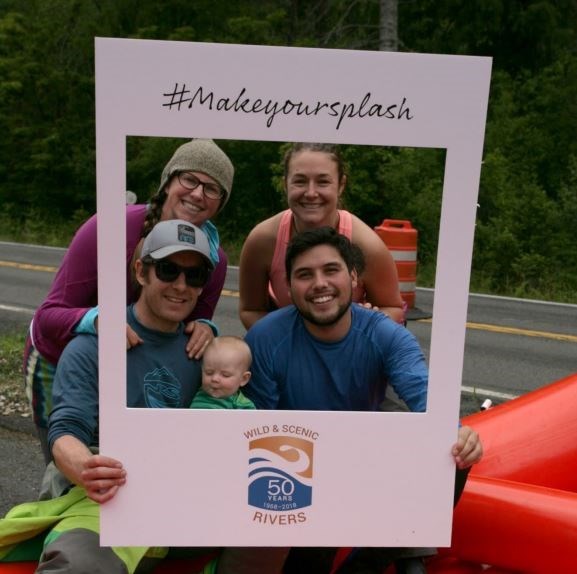
50th Anniversary ReportWild and scenic rivers capture the essence of rivers from remote rivers to rivers threading through rural countrysides and protected waterways in urban population centers. They are the life-blood of the American story. That story began in the 1960’s when outdoor enthusiasts and visionary congressional leaders demanded the creation of a protected system of free-flowing rivers. The passage of the Wild and Scenic Rivers Act of 1968 created the National Wild and Scenic River System, which today protects more than 12,000 miles of rivers in 40 states and Puerto Rico for recreation, fish and wildlife habitat, scenery, and cultural heritage.
In 2018, we celebrated the 50th anniversary of the birth of our Wild and Scenic River System by inspiring community building around river stewardship and advocacy to safeguard future free-flowing water. Read the 50th Anniversary Report to find out how the nation celebrated 50 years of river protection. The requested video is no longer available.
|
Last updated: January 27, 2022
